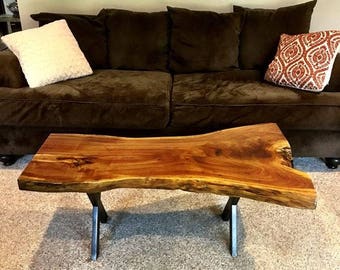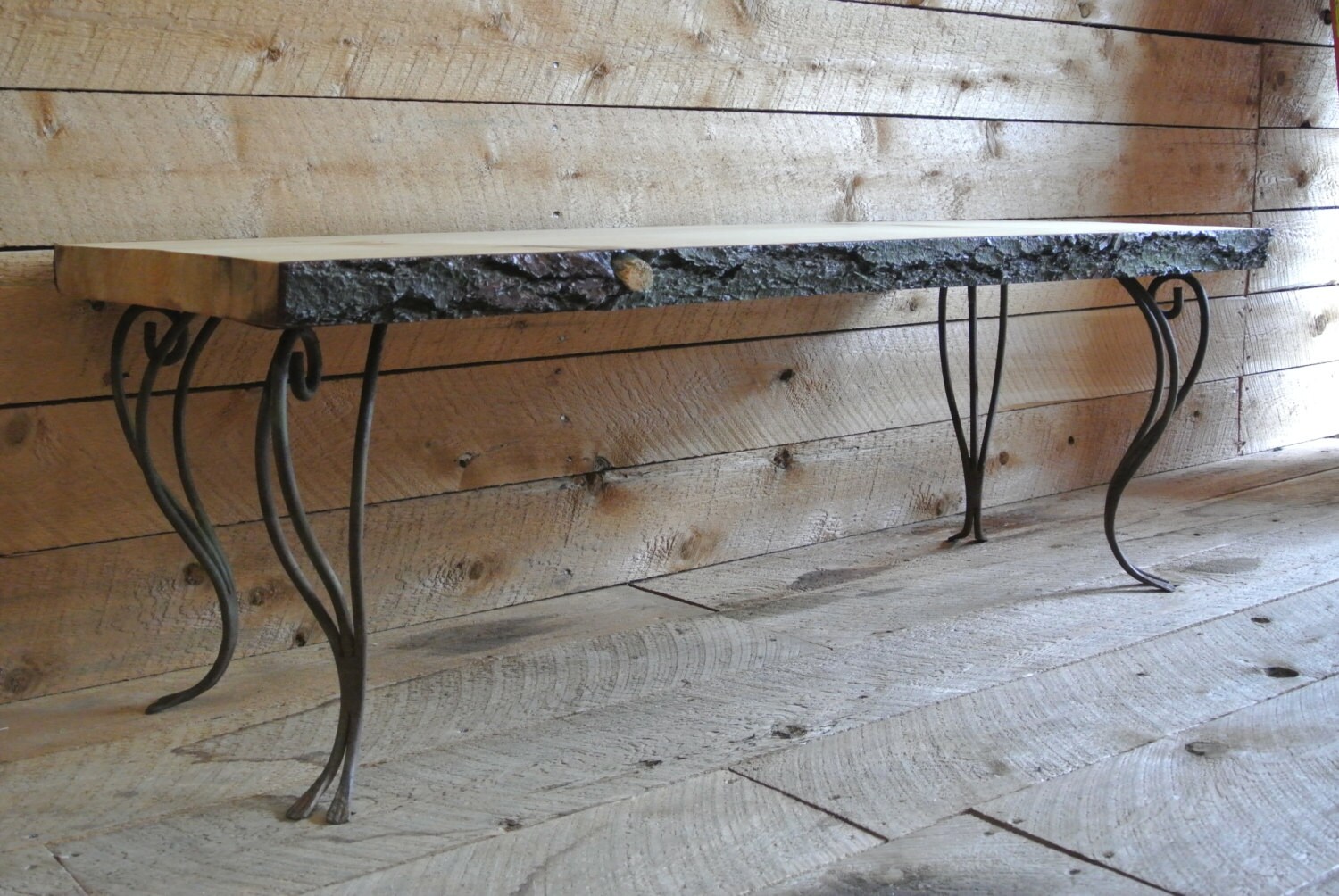

If they are not, store them in your house as recommended above before finishing. If you’re in PA or Maryland, we recommend slabs that are dried to 12% or less throughout.

If a slab, for example, is sitting flat on a floor, then moisture can absorb or escape from the top. The slab wasn’t finished and it was stored laying flat or with uneven exposure to each side.If a slab isn’t dried enough it will warp as it dries out more once it’s in a home. Though not super common, it is worth mentioning. The slab wasn’t dried right in the first place.This is by far the most common issue we hear with live edge slabs. In this blog, we’re going to breakdown the most common issues we see with live edge slabs. Browse a vast selection of antique, new and vintage coffee and cocktail tables today.Woodworking with large live edge slabs can result in beautiful furniture pieces, assuming nothing goes wrong. “With wood and stone tables, you think about what’s on top.”įind the perfect centerpiece for any room, no matter what your personal furniture style on 1stDibs.

“With a glass coffee table, you also have to think about the surface underneath, like the rug or floor,” she says. According to interior designer Tamara Eaton, the material of your vintage coffee table is something you need to consider. If you’re shopping for an older coffee table to bring into your home - be it an antique Georgian-style coffee table made of mahogany or walnut with decorative inlays or a classic square mid-century modern piece comprised of rosewood designed by the likes of Ettore Sottsass - there are a few things you should keep in mind.īoth the table itself and what you put on it should align with the overall design of the room, not just by what you think looks fashionable in isolation. The elongated rectangles and wide boxy forms of Evans’s desirable Cityscape coffee table, for example, will meet your needs but undoubtedly prove imposing in your living space. Visionary craftspeople such as Paul Evans introduced bold, geometric designs that challenge the traditional idea of what a coffee table can be. In recent years, however, metal, glass and plastics have become popular in coffee and cocktail tables, and design hasn’t been restricted to the conventional low profile, either. Originally, these tables were as simple as they are practical - as high as your sofa and made primarily of wood. It didn’t take long for coffee and cocktail tables to become a design staple and for consumers to recognize their role in entertaining no matter what beverages were being served. In the United States, furniture makers worked to introduce low, long tables into their offerings as the popularity of coffee and “coffee breaks” took hold during the late 19th century and early 20th century. Early coffee tables surfaced in Victorian-era England, likely influenced by the use of tea tables in Japanese tea gardens. Low tables that were initially used as tea tables or coffee tables have been around since at least the mid- to late-1800s. As a practical focal point in your living area, antique and vintage coffee tables and cocktail tables are an invaluable addition to any interior.


 0 kommentar(er)
0 kommentar(er)
